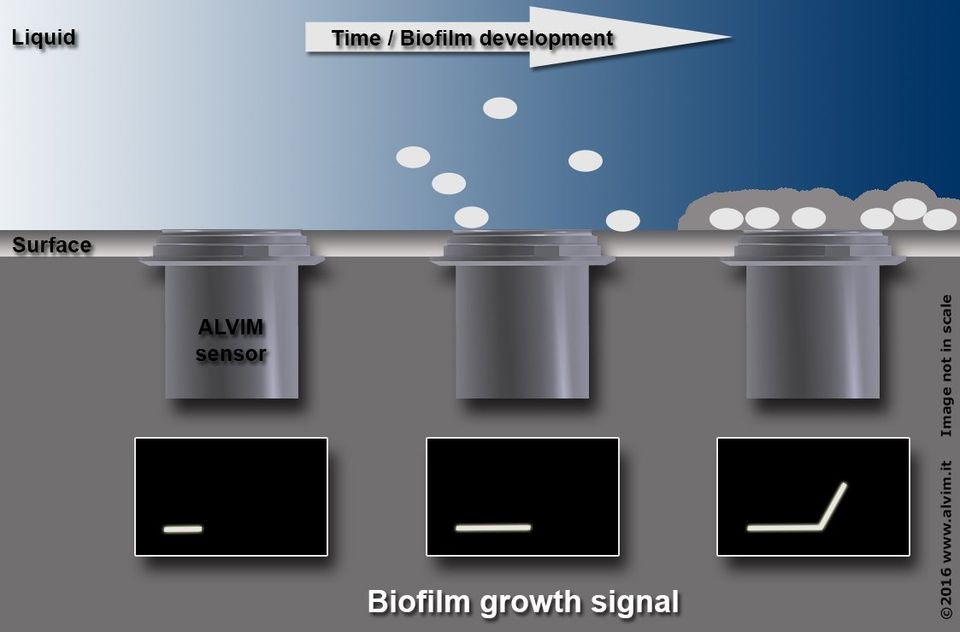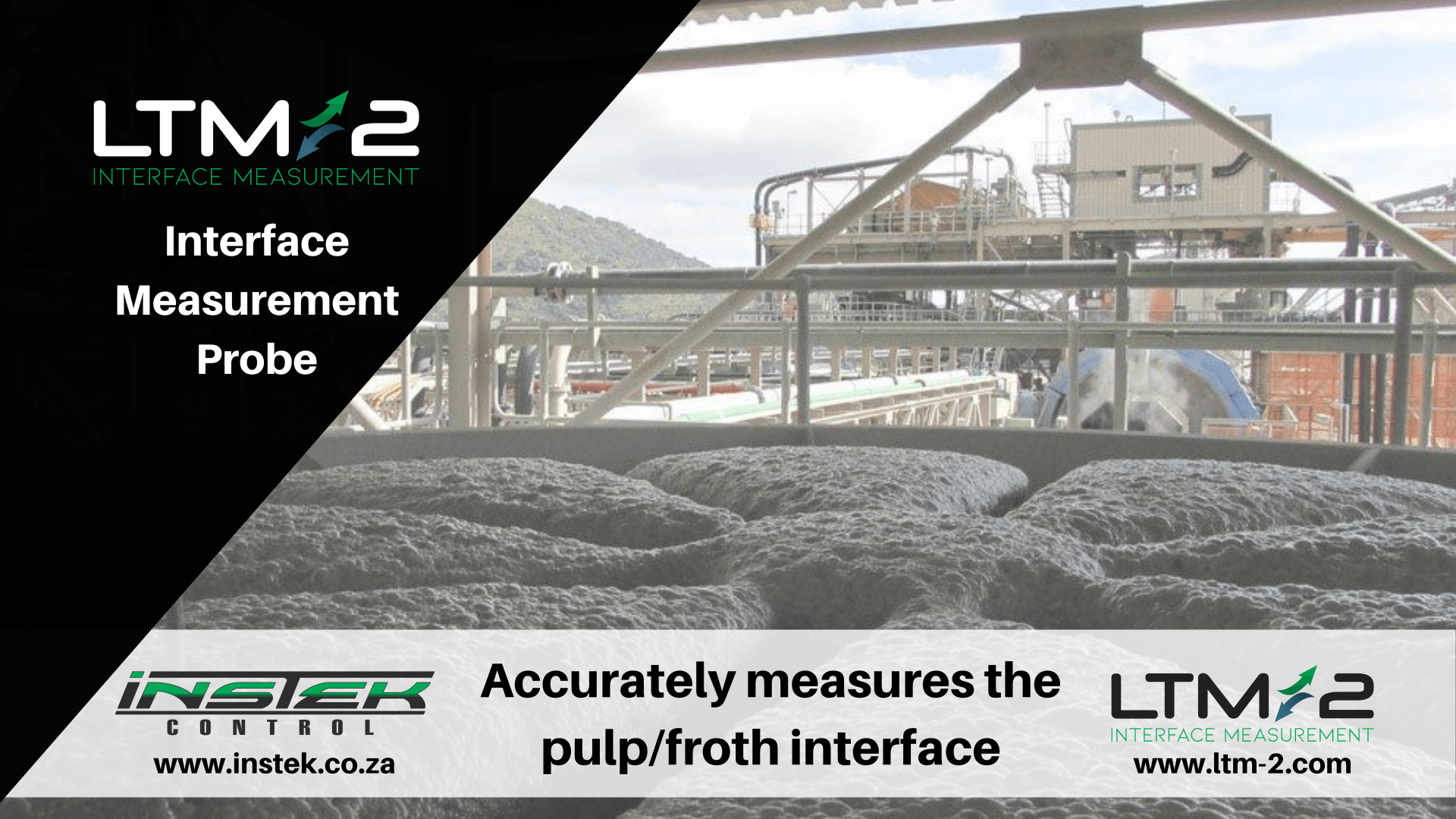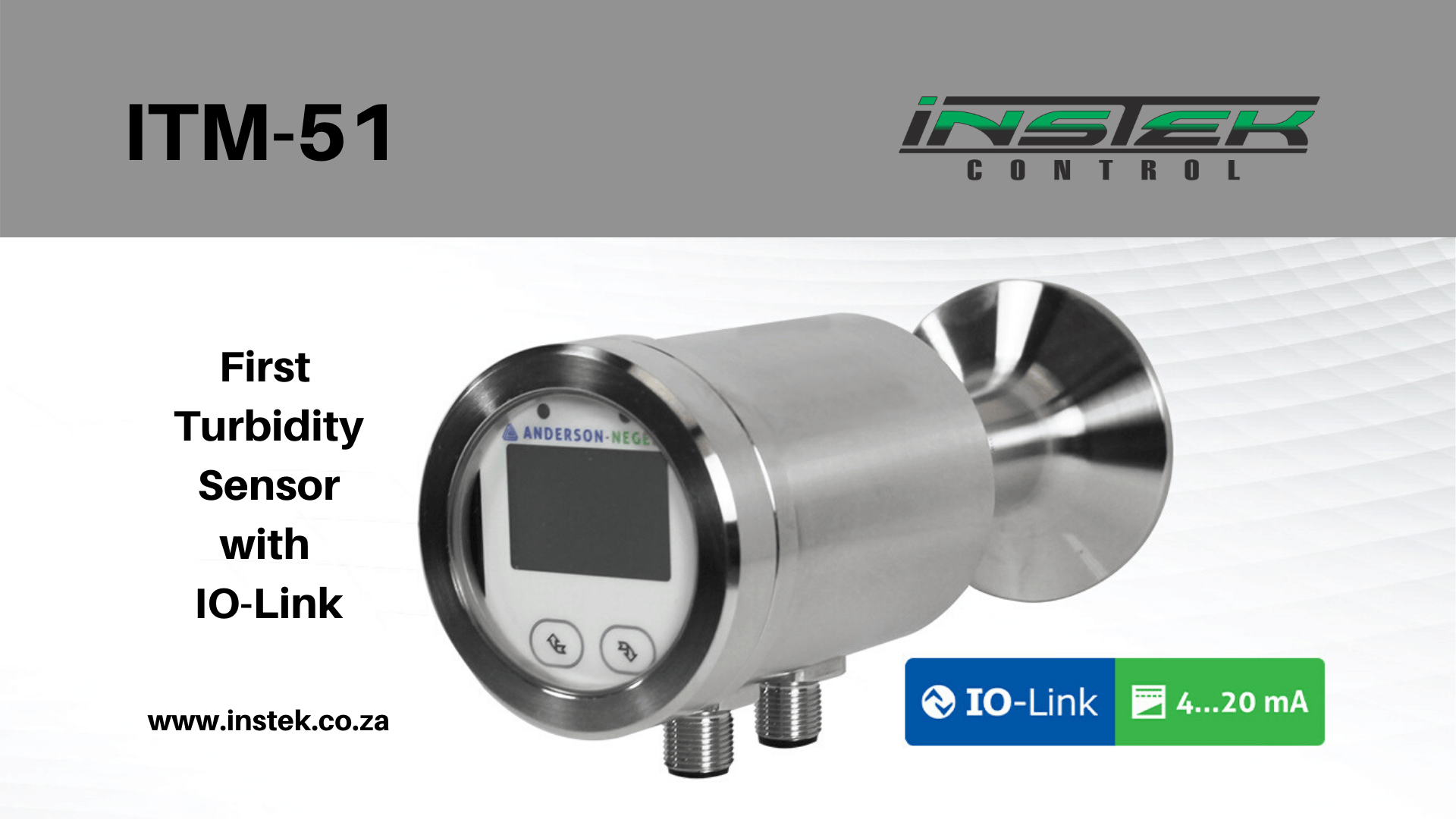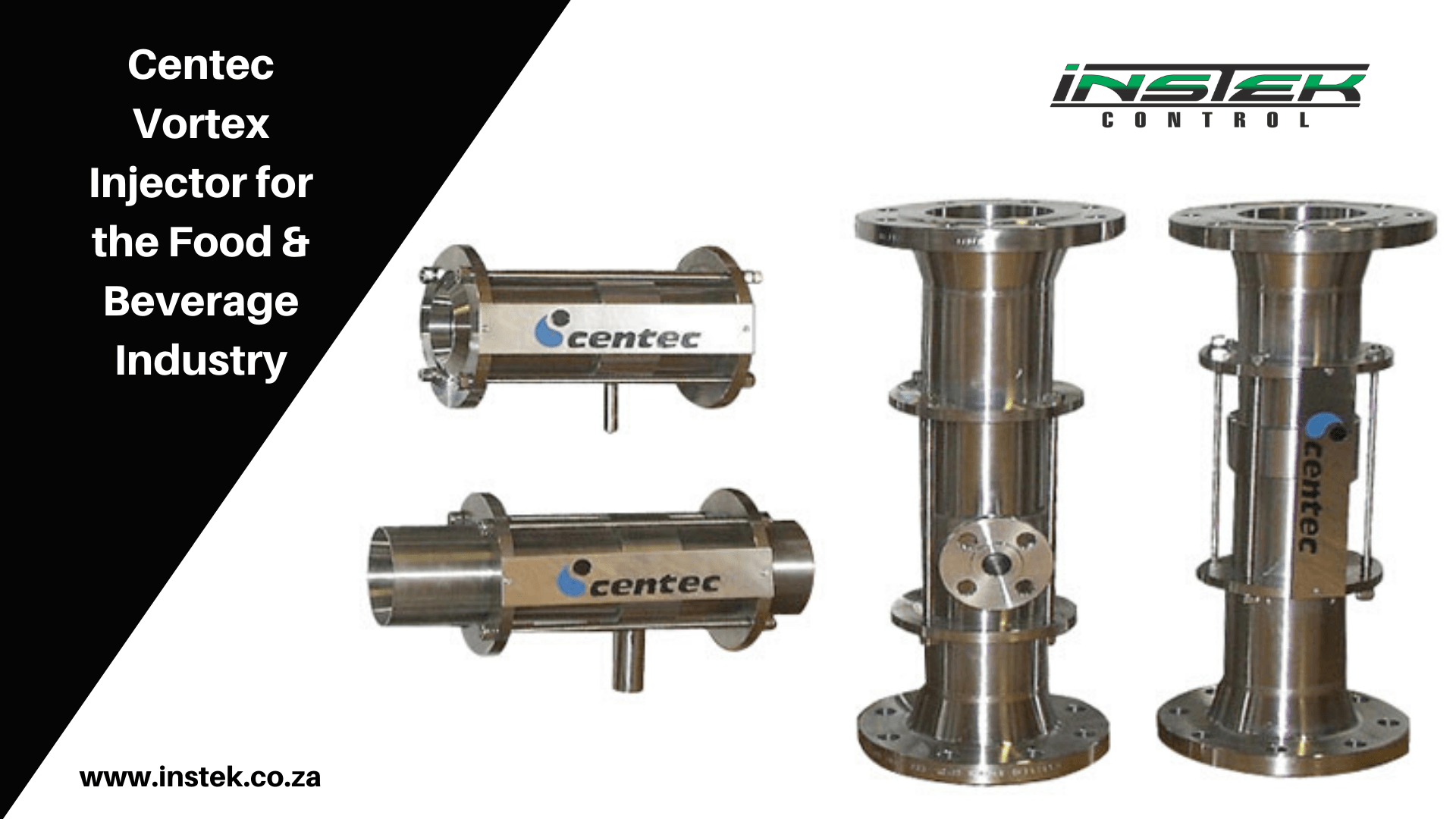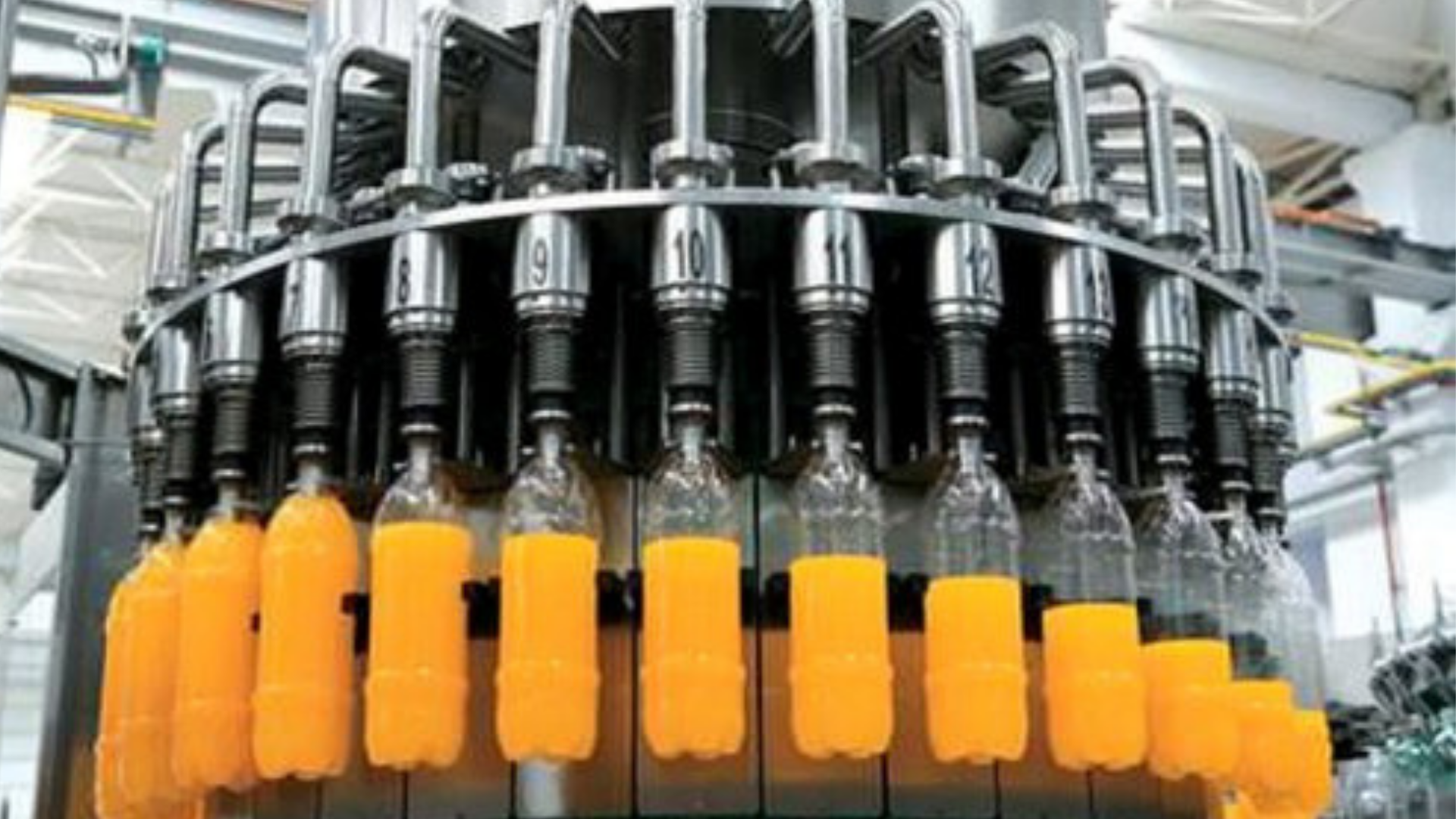Important advantages of the ALVIM technology compared to other sensors in the market
Instek Control • March 22, 2018
With Hygienic connection to the process, flat surface in contact with the liquid and high resistance to chemical treatments, the NEW model, AX03S3, is indicated for applications where hygiene is critical.
ADVANTAGES:
- discriminates between biofilm and other kinds of deposit/fouling (e.g. calcium carbonate, etc.); this is extremely important, since these two different kinds of fouling requires different treatments;
- has a very high sensitivity, i.e. detects biofilm initial colonization phase; indeed, many biofilm related problems, such as Microbiologically Influenced Corrosion (MIC), start as soon as the first bacterial spots appear on a surface.
- Early-warning detection of bacterial biofilm growth by measuring the natural electrochemical activity of bacterial biofilm, indicating its real presence and extent in a given moment.
- Optimization of cleaning treatments (biocides, disinfectans, ...)
- Easy to install, easy to operate
- Virtually maintenance-free probe
- Real-time, continuous biofilm monitoring
Operating conditions for the NEW ALVIM SENSOR - AX03S3
Temperature: -10<T<+150°C (to monitor biofilm growth: +2<T<+40°C)
Oxygen: >1ppm
Pressure: <10 bar
Conductivity: >30 µs/cm
Data Communication Wiring: 4-20mA and RS485/MODBUS RTU

Digitalisation has already found its way into many branches of industry under the keywords "Industry 4.0" or "Internet of Things", and today it is impossible to imagine life without it. INSTEK Control is excited to announce that the new dimension in hygienic measuring technology is digital and analogue, compact or remote and modular.
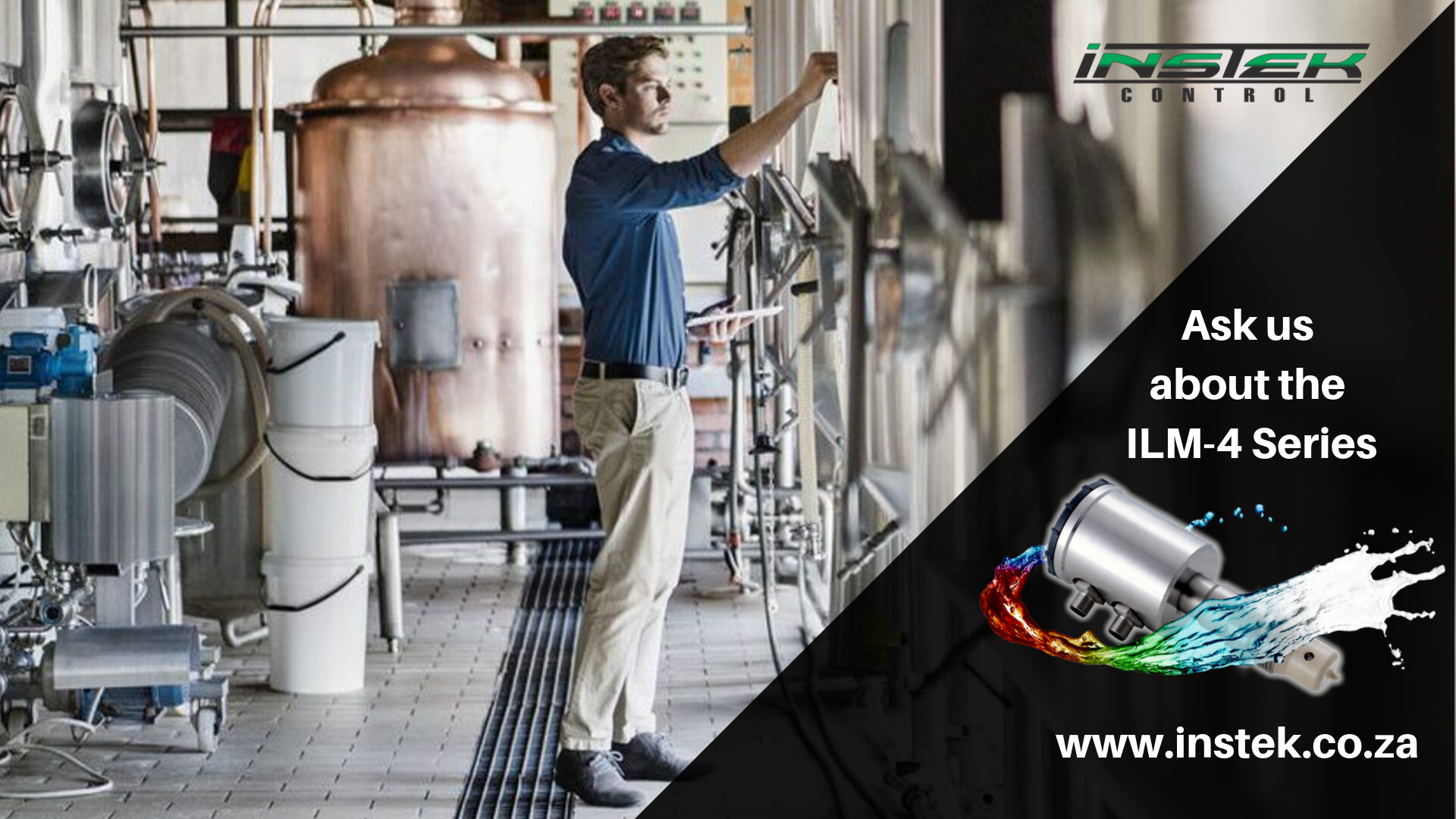
When it comes to a brewery, you clean to prevent the transfer of tastes from one beer to the next, and you clean to help assure your product is safe for human consumption. In the face of increasing supply and demand, brewing plants are compelled to keep the cost of production as low as possible, without sacrificing safety and quality of the end-product.

